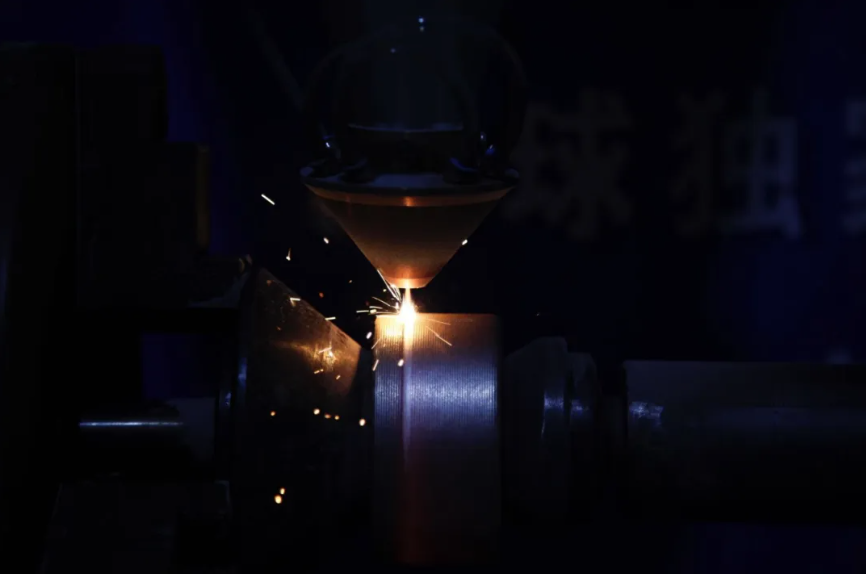Another breakthrough for fiber lasers: 9x power increase without beam quality degradation
Recently, researchers from the University of South Australia (UniSA), the University of Adelaide (UoA), and Yale University (US) have demonstrated that they can increase the power of fiber lasers by a factor of 3-9 with the help of a new multimode fiber, without degrading the quality of the beam, so that it can be focused on a distant target.
The development was published in the journal Nature Communications. The joint Australian-American research team responsible for the study says that wavefront shaping of the input light raises the power threshold for SBS scattering by a full order of magnitude.
For his part, Dr. Linh Nguyen, a researcher from the University of Adelaide, University of South Australia, said that this new approach will allow the industry to continue to output very high power from fiber lasers, making them more useful for the defense industry, remote sensing applications and gravitational wave detection.
"High-power fiber lasers are critical in manufacturing and defense, a role that has become even more important with the proliferation of inexpensive unmanned aerial vehicles, or drones, on the modern battlefield," Dr. Nguyen said.
"A swarm of inexpensive drones can quickly deplete missile resources and exhaust the firepower of military assets and vehicles for more combat-critical missions. In the long run, high-powered fiber lasers are the only viable defense option with their low cost per shot." He stated, "This is called asymmetric dominance. By deploying to scale, a cheaper method can defeat even more expensive high-tech systems."
Dr. Ori Henderson-Sapir, a project researcher at UoA's Institute of Photonics and Advanced Sensing, said Australia has a long history of developing innovative fiber optic technologies.
"Our research puts Australia in a world-leading position to develop the next generation of high-power fiber lasers, not only for defense applications but also to contribute to new scientific discoveries." Dr. Henderson-Sapir said.
The researchers have demonstrated the technology in fiber lasers and will specifically report and present their findings at the January 2024 Photonics West conference.
The abstract of the paper published in Nature Communications states:
"The key challenge in achieving higher power fiber optic transmission is overcoming nonlinear optical effects. To keep the output beam smooth, most techniques to mitigate optical nonlinearities are limited to single-mode fibers. Starting from single-mode mode, we experimentally demonstrate that wavefront shaping of coherent input light from a high multimode fiber can increase the power threshold of stimulated Brillouin scattering (SBS) by an order of magnitude while controlling the profile of the output beam.
SBS suppression is due to the effective broadening of the Brillouin spectrum under multimode excitation without the broadening of transmitted light. The strongest suppression is achieved by selective mode excitation that provides the broadest Brillouin spectrum.
"Our method is efficient and robust for both continuous waves and pulses. This work points to a promising avenue for mitigating harmful nonlinear effects in optical fibers, enabling further expansion of high-power fiber systems for directed energy, remote sensing, and gravitational wave detection."
Reading more at https://www.sci.news/physics/fiber-lasers-12467.html




Comments
Post a Comment